I think it is a great solution for our current environmental problems (imagine: less cows, chickens and pigs = less methane [along with other pollutants] in the air = decrease in global warming + not killing animals, without needing to become a vegan!), but, on the other hand, I'm not sure which chemicals would be used in order to get this meat done, soooo... Let's say I'm a little concerned.
But watch the video abobe, from the DIY channel, think about it, and tell me in the comments!
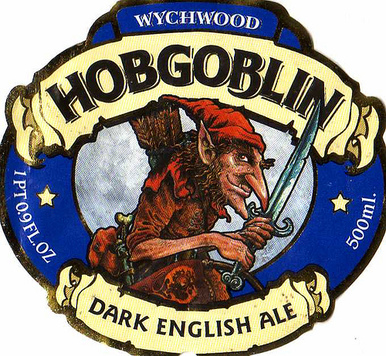
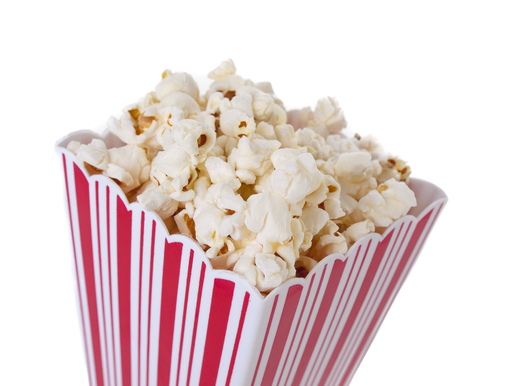
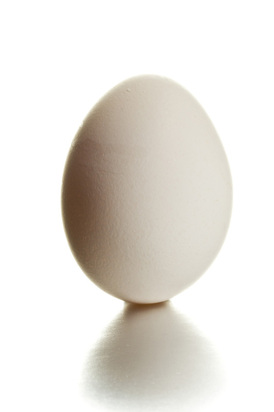
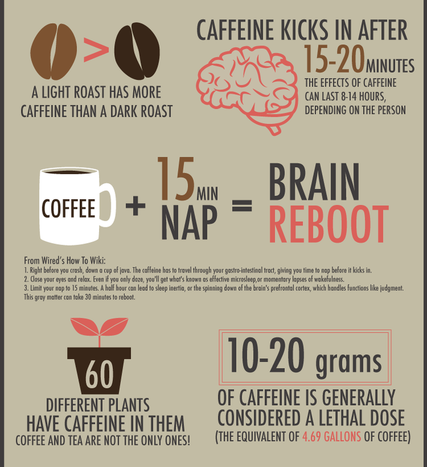
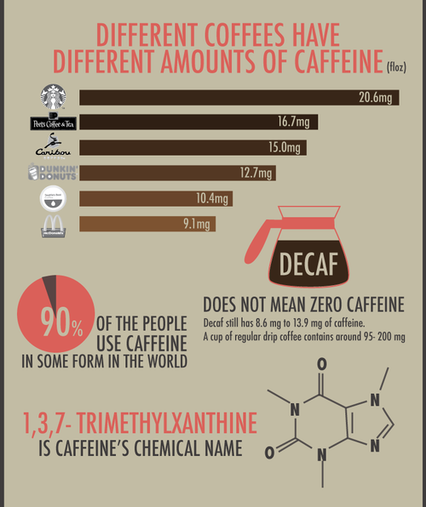
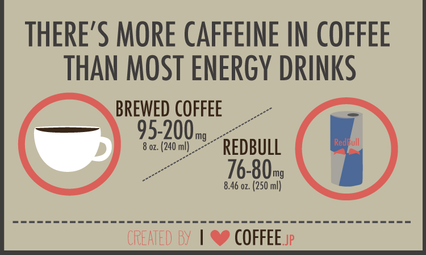
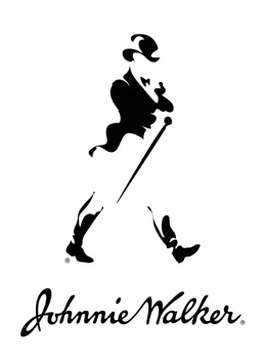
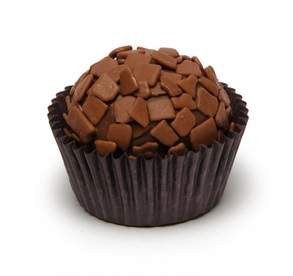
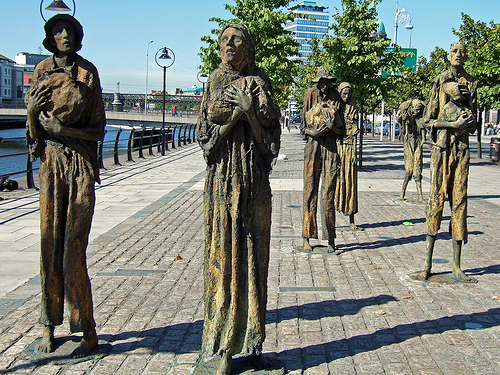
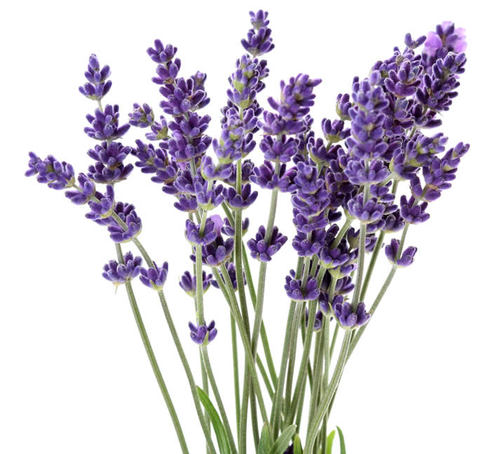
 RSS Feed
RSS Feed